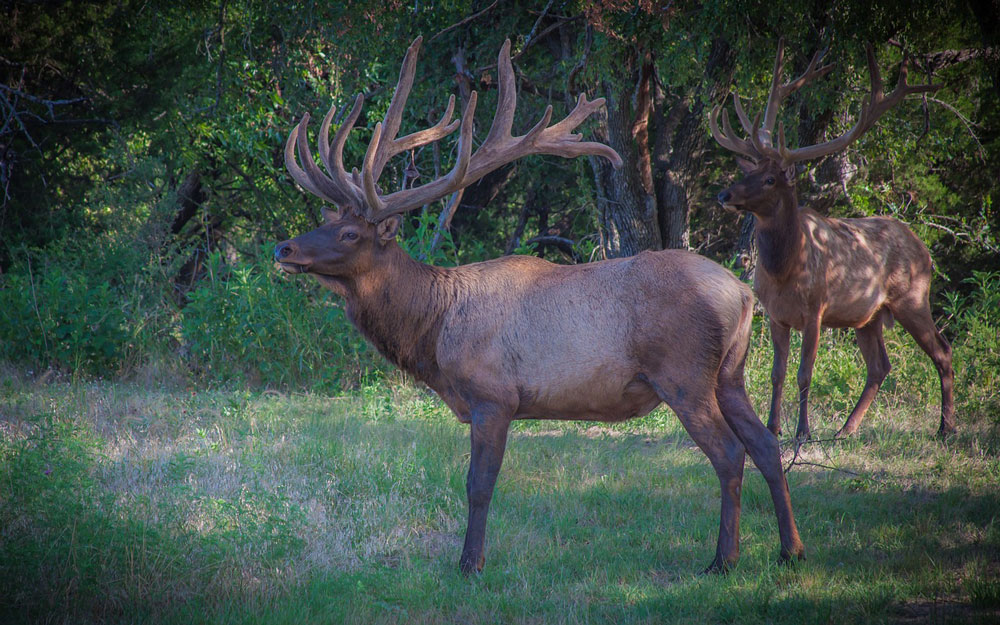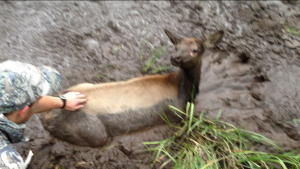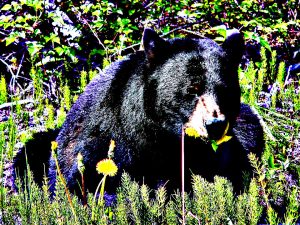It’s taken three decades, but the elk populations along Oregon’s northern coasts have done their fair share of growing. Like many areas in the west, the coast was once a place where these massive cervids roamed freely in large numbers. Market hunting chopped elk populations and the animals have since been a work in progress in many areas as they begin to regain their original range.
America’s Elk are one of the most successful conservation projects we’ve experienced over the past hundred years. Populations that were once decimated, or non-existent, are now flourishing. States that have been without a legal hunting season for generations are now again offering tags to lucky hunters who have waited, in some cases, their entire lives to hunt these animals.
Unfortunately, there are some downsides to booming populations – both within humans and animals. As numbers swell, elk are oftentimes forced into inhabited areas. While offering a unique viewing experience not before seen by many residents, trouble comes in numbers.
The town of Warrenton on Oregon’s northern coast is experiencing this first-hand as reports of elk trampling pets to death, ramming into vehicles and even attacking people have become more common than residents would like to admit.
What began as a novelty has morphed into something of a nightmare for many Warrenton residents. As elk have moved into city limits, the idea of hunting them is no longer on the table.
While many would like to live ‘as one’ with the large animals, most seem to have a barometer of common sense regarding the issue, including the town’s mayor Henry Balensifer.
“There’s definitely people who are like: ‘Just give me a gun and a permit, and I’ll go out and take care of it. Charge me $1,000 and I’ll do it,’” Balensifer said. “And there are people who are like, ‘Oh my God. No!’”
While his local constituents are undoubtedly frustrated, Balensifer is using a scientific approach to handling the elk problem, including consulting with biologists from the state’s Department of Fish and Wildlife as well as researchers from Oregon State University.
With whimsical ideas such as sterilization (we see you, New York) and relocation floating around, the town’s Mayor maintains that culling the population is both cost-effective and a more proven strategy than some of the others proposed by the “Oregon Solutions” program set into place by former Governor Kate Brown.
Keeping a close eye on the progress of the cull will be priority number one and doing so, Balensifer believes, should help keep both sides happy.
“You remove a certain population, and then you study,” he said. “Are vehicular accidents going down? Are attacks on people going down? Are dog deaths going down? … From there you adjust your strategy until you get to a point where public safety is less of a concern.”
The plans for a possible cull are still in their infancy, but local food banks are getting ahead of it. Looking at purchasing and installing new freezers, the hopes are that the meat rendered will provide a lot for those in need.




